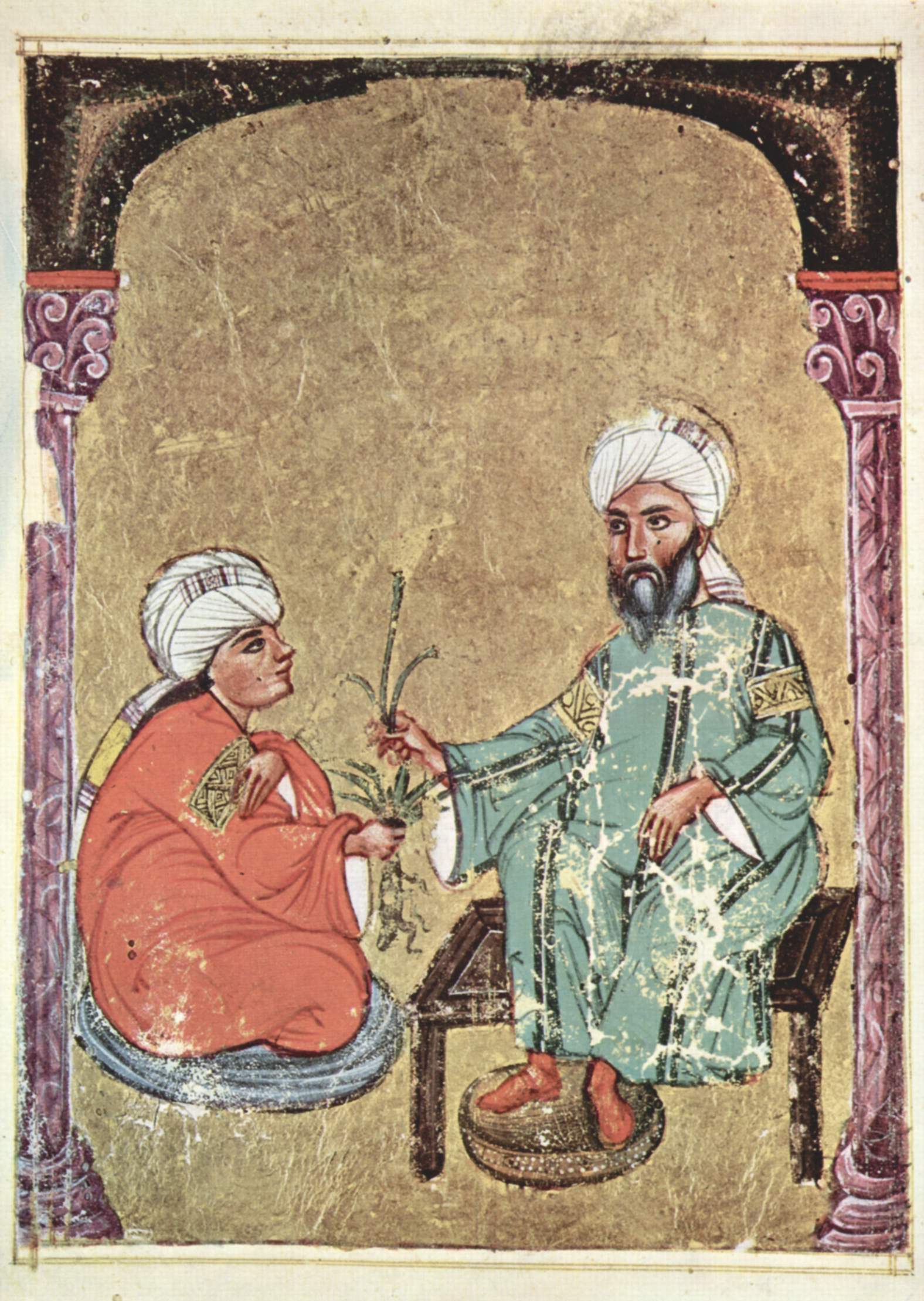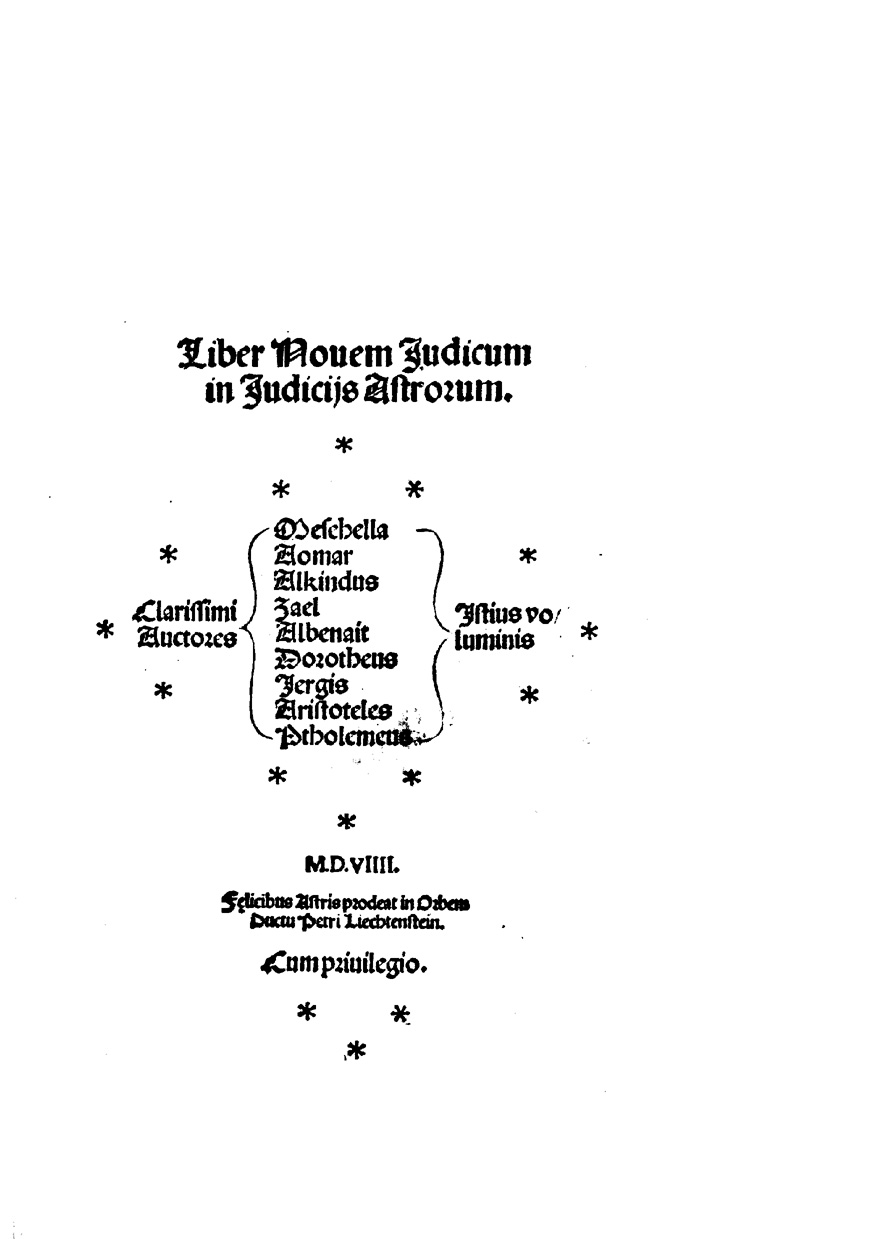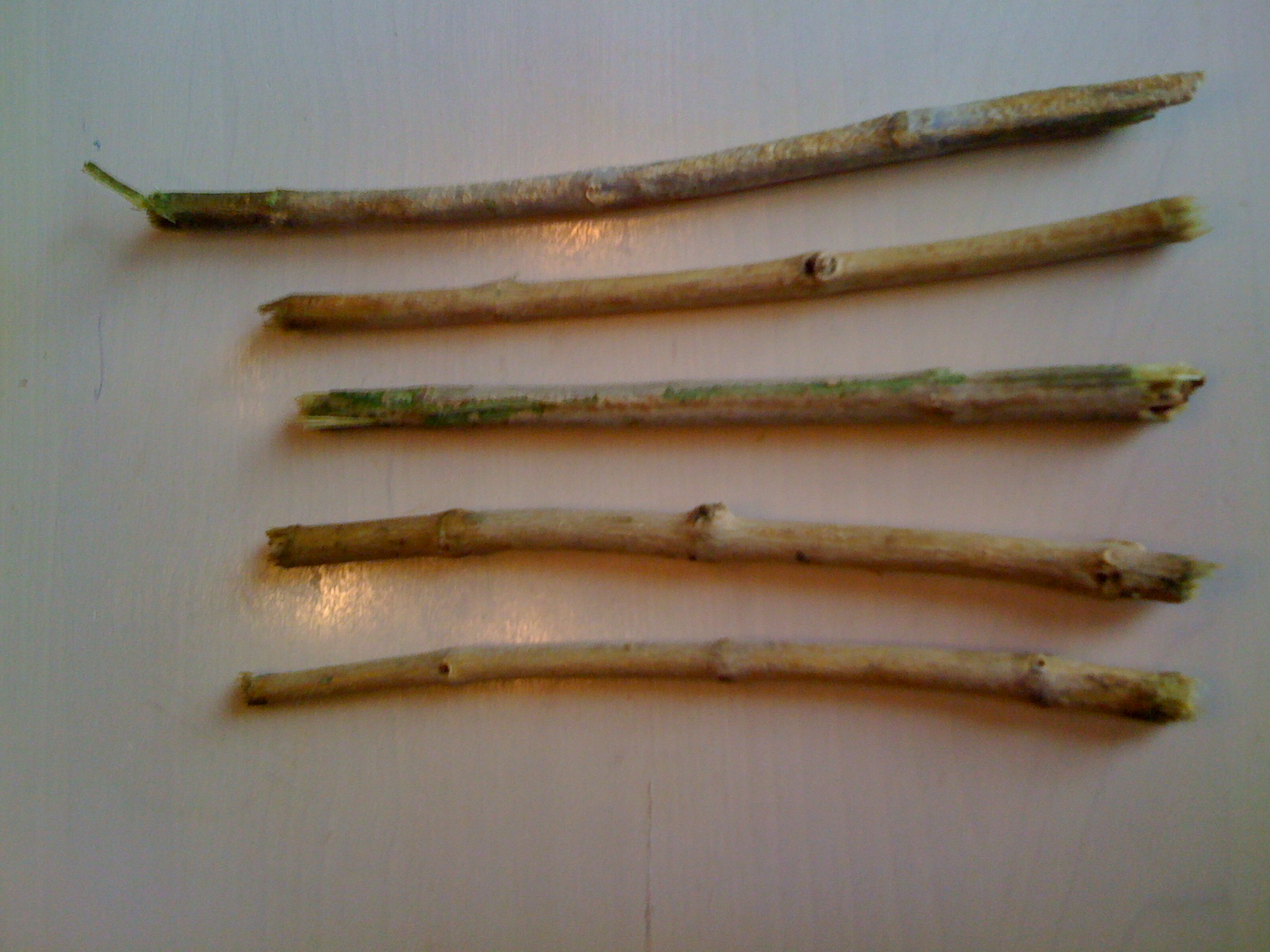|
History Of Perfume
The word ''perfume'' is used today to describe scented mixtures and is derived from the Latin word, "''per fumus''," meaning ''through smoke''. The word Perfumery refers to the art of making perfumes. Perfume was refined by the Romans, the Persians and the Arabs. Although perfume and perfumery also existed in East Asia, much of its fragrances were incense based. The basic ingredients and methods of making perfumes are described by Pliny the Elder in his Naturalis Historia. Mesopotamia The world's first recorded chemist is a woman named Tapputi, a perfume maker whose existence was recorded on a 1200 BCE Cuneiform tablet in Babylonian Mesopotamia. She held a powerful role in the Mesopotamian government and religion, as the overseer of the Mesopotamian Royal Palace. She developed methods for scent extraction techniques that would lay the basis for perfume making. She recorded her techniques and methods and those were passed on, with her most groundbreaking technique in using so ... [...More Info...] [...Related Items...] OR: [Wikipedia] [Google] [Baidu] |
Lily Perfume Louvre E11162
''Lilium'' () is a genus of herbaceous flowering plants growing from bulbs, all with large prominent flowers. They are the true lilies. Lilies are a group of flowering plants which are important in culture and literature in much of the world. Most species are native to the northern hemisphere and their range is temperate climates and extends into the subtropics. Many other plants have "lily" in their common names, but do not belong to the same genus and are therefore not true lilies. Description Lilies are tall perennials ranging in height from . They form naked or tunicless scaly underground bulbs which are their organs of perennation. In some North American species the base of the bulb develops into rhizomes, on which numerous small bulbs are found. Some species develop stolons. Most bulbs are buried deep in the ground, but a few species form bulbs near the soil surface. Many species form stem-roots. With these, the bulb grows naturally at some depth in the soil, and each ye ... [...More Info...] [...Related Items...] OR: [Wikipedia] [Google] [Baidu] |
Varāhamihira
Varāhamihira ( 505 – 587), also called Varāha or Mihira, was an ancient Indian astrologer, astronomer, and polymath who lived in Ujjain (Madhya Pradesh, India). He was born at Kapitba in a Brahmin family, in the Avanti region, roughly corresponding to modern-day Malwa (part of Madhya Pradesh, India), to Adityadasa. According to one of his own works, he was educated at Kapitthaka. The Indian tradition believes him to be one of the "Nine Jewels" (Navaratnas) of the court of ruler Yashodharman Vikramaditya of Malwa. However, this claim appears for the first time in a much later text and scholars consider this claim to be doubtful because neither Varahamihira and Vikramaditya lived in the same century nor did Varahamihira live in the same century as some of the other names in the "nine jewels" list such as the much older Kalidasa. Varāhamihira's most notable works were the ''Brihat Samhita'', an encyclopedic, Quote: " ..the new temples and inconography, the science of arch ... [...More Info...] [...Related Items...] OR: [Wikipedia] [Google] [Baidu] |
Islamic Medicine
In the history of medicine, "Islamic medicine" is the science of medicine developed in the Middle East, and usually written in Arabic, the '' lingua franca'' of Islamic civilization. Islamic medicine adopted, systematized and developed the medical knowledge of classical antiquity, including the major traditions of Hippocrates, Galen and Dioscorides. During the post-classical era, Middle Eastern medicine was the most advanced in the world, integrating concepts of ancient Greek, Roman, Mesopotamian and Persian medicine as well as the ancient Indian tradition of Ayurveda, while making numerous advances and innovations. Islamic medicine, along with knowledge of classical medicine, was later adopted in the medieval medicine of Western Europe, after European physicians became familiar with Islamic medical authors during the Renaissance of the 12th century. Medieval Islamic physicians largely retained their authority until the rise of medicine as a part of the natural sciences, be ... [...More Info...] [...Related Items...] OR: [Wikipedia] [Google] [Baidu] |
Al-Kindi
Abū Yūsuf Yaʻqūb ibn ʼIsḥāq aṣ-Ṣabbāḥ al-Kindī (; ar, أبو يوسف يعقوب بن إسحاق الصبّاح الكندي; la, Alkindus; c. 801–873 AD) was an Arab Muslim philosopher, polymath, mathematician, physician and music theorist. Al-Kindi was the first of the Islamic peripatetic philosophers, and is hailed as the "father of Arab philosophy". Al-Kindi was born in Kufa and educated in Baghdad. He became a prominent figure in the House of Wisdom, and a number of Abbasid Caliphs appointed him to oversee the translation of Greek scientific and philosophical texts into the Arabic language. This contact with "the philosophy of the ancients" (as Hellenistic philosophy was often referred to by Muslim scholars) had a profound effect on him, as he synthesized, adapted and promoted Hellenistic and Peripatetic philosophy in the Muslim world. He subsequently wrote hundreds of original treatises of his own on a range of subjects ranging from metaphysics, ethi ... [...More Info...] [...Related Items...] OR: [Wikipedia] [Google] [Baidu] |
Sahih Bukhari
Sahih al-Bukhari ( ar, صحيح البخاري, translit=Ṣaḥīḥ al-Bukhārī), group=note is a ''hadith'' collection and a book of '' sunnah'' compiled by the Persian scholar Muḥammad ibn Ismā‘īl al-Bukhārī (810–870) around 846. Alongside ''Sahih Muslim'', it is one of the most valued books in Sunni Islam after the Quran. Both books are part of the Kutub al-Sittah, the six major Sunni collections of ''hadith'' of the Islamic prophet Muhammad. The book is also revered by Zaydi Shias. It consists of an estimated 7,563 ''hadith'' narrations across its 97 chapters. Content Sources differ on the exact number of hadiths in Sahih al-Bukhari, with definitions of ''hadith'' varying from a prophetic tradition or '' sunnah'', or a narration of that tradition. Experts have estimated the number of full-''isnad'' narrations in the Sahih at 7,563, with the number reducing to around 2,600 without considerations to repetitions or different versions of the same ''hadith.'' Bukhari ... [...More Info...] [...Related Items...] OR: [Wikipedia] [Google] [Baidu] |
Miswaak
The miswak (''miswaak'', ''siwak'', ''sewak'', ar, سواك or ) is a teeth-cleaning twig made from the '' Salvadora persica'' tree (known as ''arāk'', أراك, in Arabic). It is reputed to have been used over 7,000 years ago. The miswak's properties have been described thus: "Apart from their antibacterial activity which may help control the formation and activity of dental plaque, they can be used effectively as a natural toothbrush for teeth cleaning. Such sticks are effective, inexpensive, common, available, and contain many medical properties". It also features prominently in Islamic hygienical jurisprudence. The ''miswak'' is predominant in Muslim-inhabited areas. It is commonly used in the Arabian peninsula, the Horn of Africa, North Africa, parts of the Sahel, the Indian subcontinent, Central Asia, Southeast Asia and Caucasus. In Malaysia, miswak is known as ''Kayu Sugi'' (Malay for 'chewing stick'). Science The World Health Organization also known as the WHO re ... [...More Info...] [...Related Items...] OR: [Wikipedia] [Google] [Baidu] |
Muslim
Muslims ( ar, المسلمون, , ) are people who adhere to Islam, a monotheistic religion belonging to the Abrahamic tradition. They consider the Quran, the foundational religious text of Islam, to be the verbatim word of the God of Abraham (or '' Allah'') as it was revealed to Muhammad, the main Islamic prophet. The majority of Muslims also follow the teachings and practices of Muhammad ('' sunnah'') as recorded in traditional accounts (''hadith''). With an estimated population of almost 1.9 billion followers as of 2020 year estimation, Muslims comprise more than 24.9% of the world's total population. In descending order, the percentage of people who identify as Muslims on each continental landmass stands at: 45% of Africa, 25% of Asia and Oceania (collectively), 6% of Europe, and 1% of the Americas. Additionally, in subdivided geographical regions, the figure stands at: 91% of the Middle East–North Africa, 90% of Central Asia, 65% of the Caucasus, 42% of Southeast As ... [...More Info...] [...Related Items...] OR: [Wikipedia] [Google] [Baidu] |
Islamic
Islam (; ar, ۘالِإسلَام, , ) is an Abrahamic monotheistic religion centred primarily around the Quran, a religious text considered by Muslims to be the direct word of God (or '' Allah'') as it was revealed to Muhammad, the main and final Islamic prophet.Peters, F. E. 2009. "Allāh." In , edited by J. L. Esposito. Oxford: Oxford University Press. . (See alsoquick reference) " e Muslims' understanding of Allāh is based...on the Qurʿān's public witness. Allāh is Unique, the Creator, Sovereign, and Judge of mankind. It is Allāh who directs the universe through his direct action on nature and who has guided human history through his prophets, Abraham, with whom he made his covenant, Moses/Moosa, Jesus/Eesa, and Muḥammad, through all of whom he founded his chosen communities, the 'Peoples of the Book.'" It is the world's second-largest religion behind Christianity, with its followers ranging between 1-1.8 billion globally, or around a quarter of the world's po ... [...More Info...] [...Related Items...] OR: [Wikipedia] [Google] [Baidu] |
Chemistry
Chemistry is the science, scientific study of the properties and behavior of matter. It is a natural science that covers the Chemical element, elements that make up matter to the chemical compound, compounds made of atoms, molecules and ions: their composition, structure, properties, behavior and the changes they undergo during a Chemical reaction, reaction with other Chemical substance, substances. Chemistry also addresses the nature of chemical bonds in chemical compounds. In the scope of its subject, chemistry occupies an intermediate position between physics and biology. It is sometimes called the central science because it provides a foundation for understanding both Basic research, basic and Applied science, applied scientific disciplines at a fundamental level. For example, chemistry explains aspects of plant growth (botany), the formation of igneous rocks (geology), how atmospheric ozone is formed and how environmental pollutants are degraded (ecology), the properties ... [...More Info...] [...Related Items...] OR: [Wikipedia] [Google] [Baidu] |
Science
Science is a systematic endeavor that builds and organizes knowledge in the form of testable explanations and predictions about the universe. Science may be as old as the human species, and some of the earliest archeological evidence for scientific reasoning is tens of thousands of years old. The earliest written records in the history of science come from Ancient Egypt and Mesopotamia in around 3000 to 1200 BCE. Their contributions to mathematics, astronomy, and medicine entered and shaped Greek natural philosophy of classical antiquity, whereby formal attempts were made to provide explanations of events in the physical world based on natural causes. After the fall of the Western Roman Empire, knowledge of Greek conceptions of the world deteriorated in Western Europe during the early centuries (400 to 1000 CE) of the Middle Ages, but was preserved in the Muslim world during the Islamic Golden Age and later by the efforts of Byzantine Greek scholars who brought Greek ... [...More Info...] [...Related Items...] OR: [Wikipedia] [Google] [Baidu] |
Islamic Golden Age
The Islamic Golden Age was a period of cultural, economic, and scientific flourishing in the history of Islam, traditionally dated from the 8th century to the 14th century. This period is traditionally understood to have begun during the reign of the Abbasid caliph Harun al-Rashid (786 to 809) with the inauguration of the House of Wisdom in Baghdad, the world's largest city by then, where Muslim scholars and polymaths from various parts of the world with different cultural backgrounds were mandated to gather and translate all of the known world's classical knowledge into Aramaic and Arabic. The period is traditionally said to have ended with the collapse of the Abbasid caliphate due to Mongol invasions and the Siege of Baghdad in 1258. A few scholars date the end of the golden age around 1350 linking with the Timurid Renaissance, while several modern historians and scholars place the end of the Islamic Golden Age as late as the end of 15th to 16th centuries meeting with the I ... [...More Info...] [...Related Items...] OR: [Wikipedia] [Google] [Baidu] |
Rome
, established_title = Founded , established_date = 753 BC , founder = King Romulus (legendary) , image_map = Map of comune of Rome (metropolitan city of Capital Rome, region Lazio, Italy).svg , map_caption = The territory of the ''comune'' (''Roma Capitale'', in red) inside the Metropolitan City of Rome (''Città Metropolitana di Roma'', in yellow). The white spot in the centre is Vatican City. , pushpin_map = Italy#Europe , pushpin_map_caption = Location within Italy##Location within Europe , pushpin_relief = yes , coordinates = , coor_pinpoint = , subdivision_type = Country , subdivision_name = Italy , subdivision_type2 = Region , subdivision_name2 = Lazio , subdivision_type3 = Metropolitan city , subdivision_name3 = Rome Capital , government_footnotes= , government_type = Strong Mayor–Council , leader_title2 = Legislature , leader_name2 = Capitoline Assemb ... [...More Info...] [...Related Items...] OR: [Wikipedia] [Google] [Baidu] |







.jpg)


